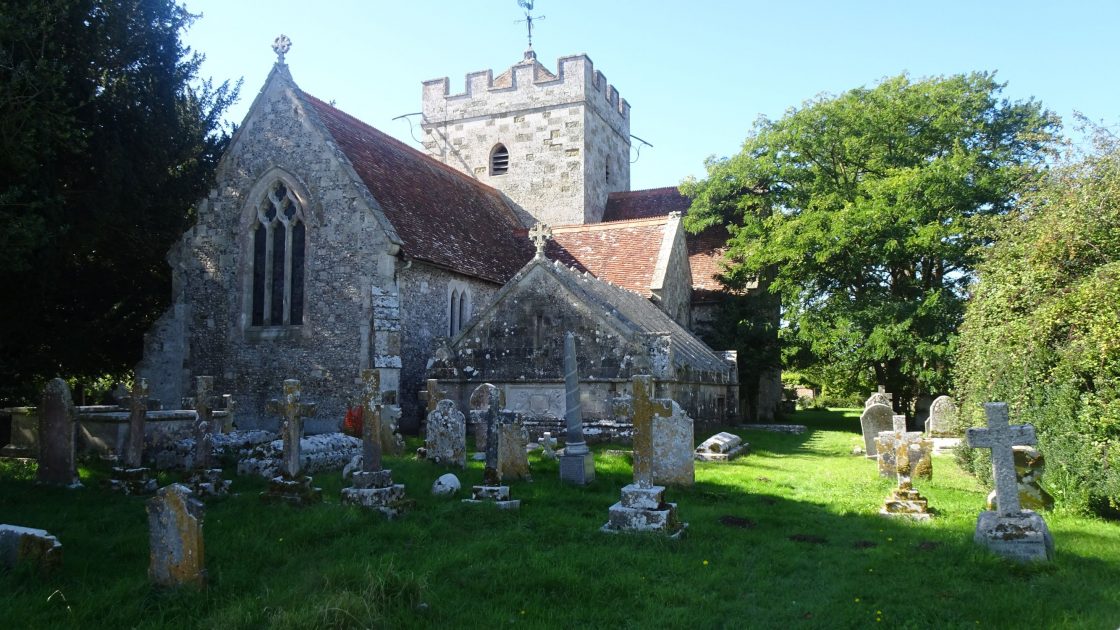A stone’s throw away from Salisbury lies a little, yet incredibly significant church, St Peter’s Britford.
I fell in love with the church as I was walking through its pretty gates, with seats on each side inviting you to sit and reflect. It made me instantly curious what the church hidden behind the trees was like.
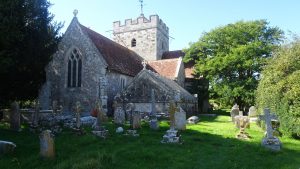
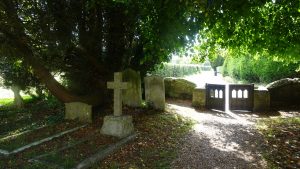
The Church
Its nave is Saxon, built probably in the 9th Century. On each side of the nave you can clearly see a round-headed Saxon arch. In the 14th century the north and south transepts were added, making the church the cruciform building it is today.
As you walk through the door and look around you notice that the pews are cordoned off at the South Transept. They are the pews used by the family of the 9th Earl of Radnor. There is also a plaque dedicated to the 5th Earl of Radnor, William Pleydell-Bouverie.
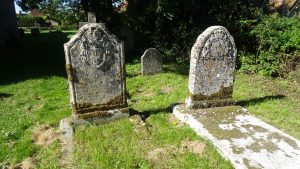
Who was the first Earl of Radnor?
He was William Bouverie educated at University College in Oxford, later he became the recorder of Salisbury and was appointed a fellow of the Royal Society. He was created Earl of Radnor in 1765.
Bouverie? Hang on, that is a French name! How come?
The Huguenot, Laurens Des Bouverie fled from religious persecution and settled in London. He became a prosperous silk merchant and his descendants became wealthy landowners in England. The family was ennobled in 1747 with Sir Jacob Des Bouverie becoming First Viscount Folkestone. Then his son, William, was created an Earl. Longford Castle, a 30 minute walk from the church has been the Bouverie’s home for 300 years.
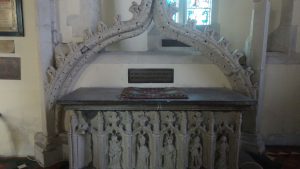
“Off with his head! So much for Buckingham!”
If you have seen Shakespeare’s Richard III, this phrase is familiar to you. Henry Stafford, the Duke of Buckingham was the primary suspect in the disappearance of the Princes in the Tower of London.
It all happened during the War of the Roses. Edward IV suddenly died leaving his 12 year-old and eldest son, Edward heir to the throne, with his brother, Richard as Lord Protector until Edward came of age. Edward and his younger brother Richard were taken to the Tower of London, lodged at the Royal Apartments and preparation for the coronation ceremony began. It is Important to note that all ceremonies started at the Tower of London at the time. Suddenly, evidence appeared that Edward IV had a premarital contract, meaning he was married before to Elizabeth Woodville. This meant the boys were illegitimate. Parliament petitioned Richard Duke of Gloucester to take the Throne as he was next in line. He became Richard III.
There is evidence that the boys were lodged in the Tower in September 1483, then they disappeared. Were they killed? It is still a mystery.
Bones of two boys were found under the stairs at the White Tower during the reign of Charles II and which were reburied at Westminster Abbey. Requests for DNA examinations were so far denied. Are they the bones of the princes? What happened to them?
How did Buckingham come into the picture?
Henry Stafford the Duke of Buckingham was the ally of Edward IV‘s younger brother Richard, and helped him succeed to the throne, in lieu of Edward’s living sons.
It’s interesting to note that Buckingham himself had a claim to the throne as, he himself, was a descendant of Edward III through John of Gaunt.
When he became dissatisfied with Richard, he joined with Henry Tudor and led an unsuccessful rebellion in his name. He was captured and executed for treason by Richard III on 2 November 1483 and beheaded in Salisbury Market Place. He is Buried in St. Peter’s Britford church and it is believed that his ghost can be seen sometimes at Salisbury Market place looking for his head.
If you would like to visit the Church and learn more about the story, sign up for our Harnham Hill, Britford and Salisbury tour.

